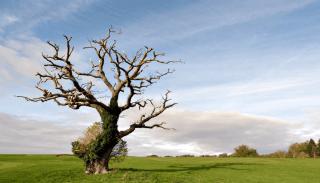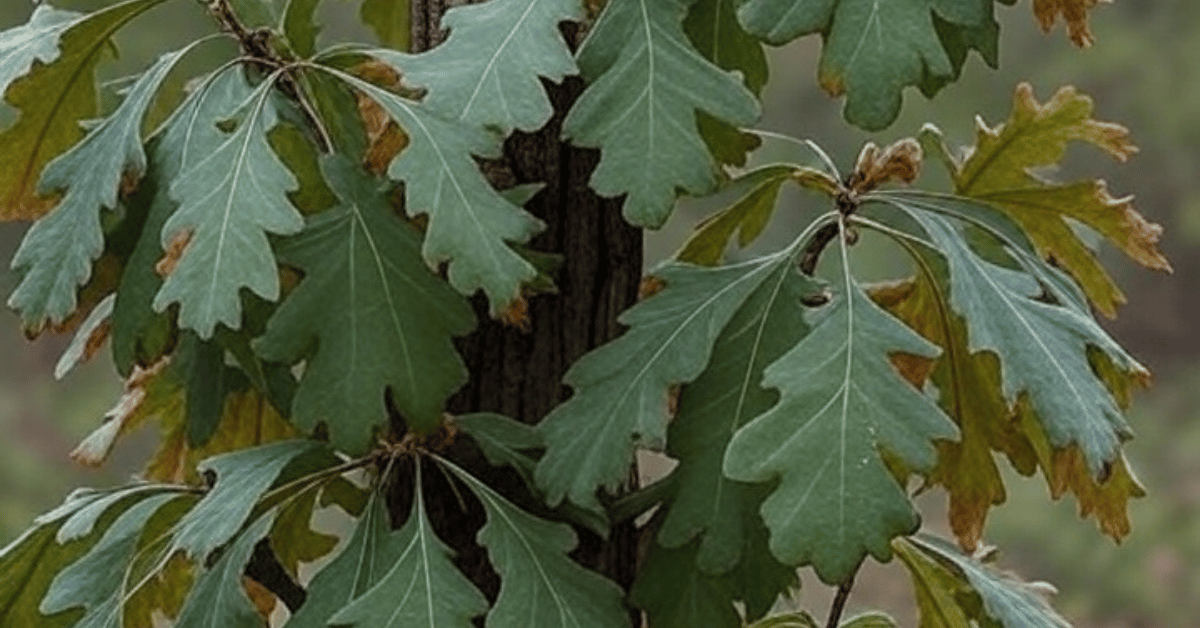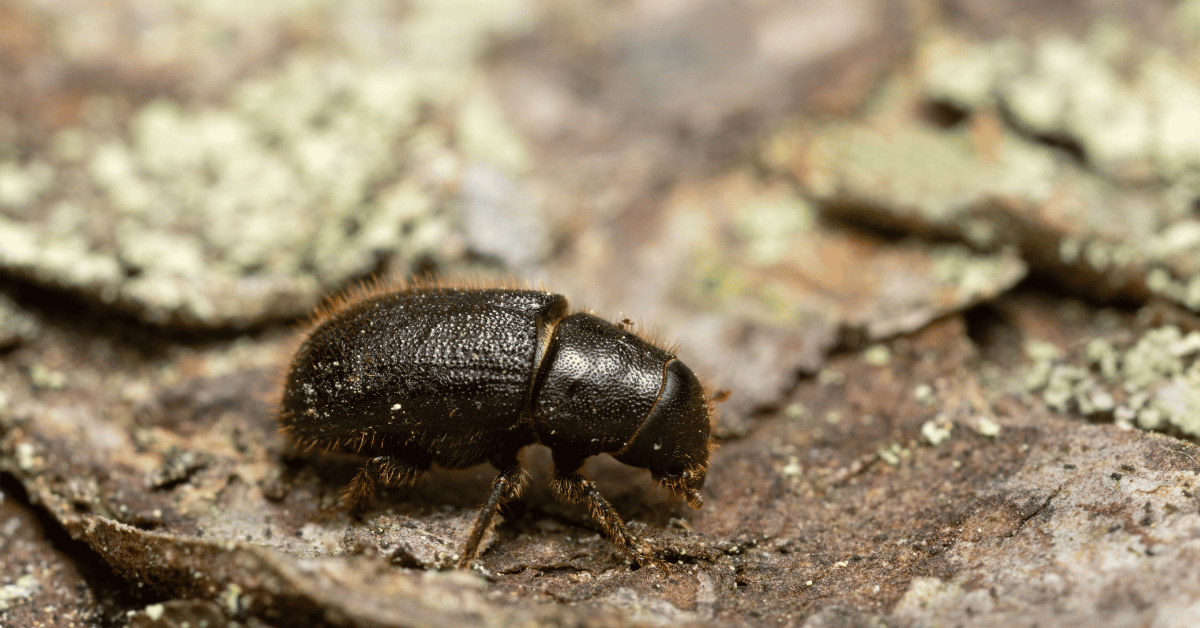Trees are more than just beautiful additions to our landscapes; they are essential for the health of our environment. However, like any living thing, trees can face hardships and fall ill. If you've ever wondered, "My tree is dying," it's essential to understand the signs of a struggling tree and what can be done to save it. In this article, we'll explore the signs of a dying tree and provide valuable insights from Strobert Tree Services, expert arborists specializing in plant healthcare, on potentially rescuing your tree.
Signs of a Dying Tree
Before we delve into tree revival methods, it's crucial to identify the signs of a tree in distress.
Recognizing these symptoms early can make all the difference in saving your beloved tree.
-
Brown and Brittle Bark or Cracks
One of the first visual cues that your tree might be in trouble is the condition of its bark. Healthy trees typically have smooth, pliable bark. If your tree's bark turns brown, becomes brittle, or develops deep cracks, it may indicate underlying issues.
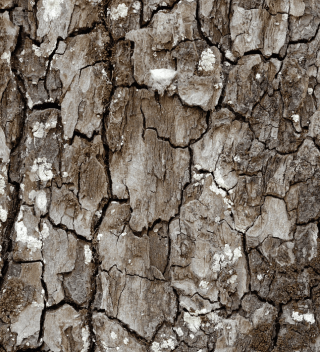
2. Few Healthy Leaves Left
Leaves are the lifeblood of a tree, responsible for photosynthesis and nutrient absorption. When a tree struggles, it might shed its leaves prematurely or have significantly fewer leaves than usual. Sparse foliage is a red flag.
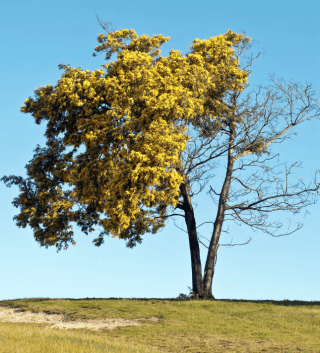
3. Abundance of Dead Wood
Take a close look at your tree's branches. Seeing numerous dead or decaying branches suggests that the tree is struggling to maintain itself. Dead wood is unsightly and can pose a safety hazard if it falls.
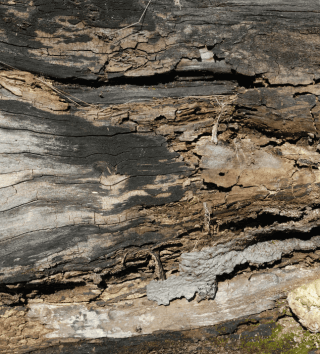
4. Signs of Root Damage
Roots are vital to a tree's health by anchoring it and absorbing water and nutrients. If there is any disruption to the root system, such as damage from construction, erosion, or compaction, your tree's overall health may be compromised.
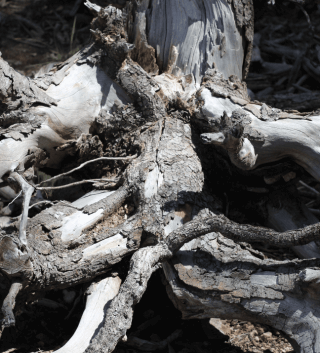
5. Pest Infestation
Insects and pests can wreak havoc on trees, weakening them and making them more susceptible to diseases. Watch for signs of infestations, such as visible pests, unusual leaf damage, or excessive sap production.
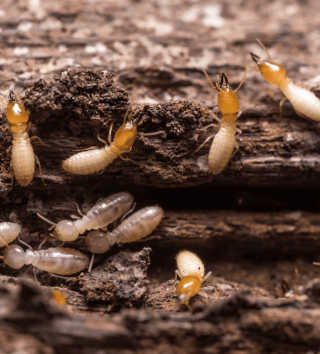
6. Leaning
A healthy tree should stand tall and straight. If your tree is leaning noticeably, it could signify root damage or structural instability. Leaning trees are a safety concern and should be inspected promptly.
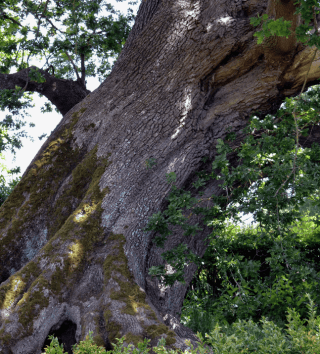
Can You Save a Dying Tree?
Now that you've identified the signs of a tree in distress, you might wonder if it's possible to save it. The answer largely depends on the severity of the tree's condition and the steps taken to address the issues. Here's where Strobert Tree Services comes in as the experts in plant healthcare.
Contact Strobert Tree Services - Arborists Specializing in Plant Healthcare
Saving a dying tree requires a deep understanding of tree biology, diseases, and the best practices for tree care. Strobert Tree Services are the professionals you need for this job. We specialize in plant healthcare and have a team of certified arborists with the knowledge and experience to diagnose and treat ailing trees.
1. Expert Diagnosis
The first step in saving a dying tree is accurately diagnosing the problem. Strobert Tree Services' arborists can comprehensively assess your tree's health, including thoroughly inspecting the roots, branches, leaves, and bark. This diagnostic process helps identify the underlying issues causing the tree's decline.
2. Tailored Treatment Plans
Once the problem is identified, Strobert Tree Services will create a personalized treatment plan for your tree. Depending on the issues, this plan may include pruning, fertilization, pest management, or structural support to stabilize the tree.
3. Skilled Pruning and Care
Pruning is often a crucial aspect of tree revival. Trained arborists know how to selectively remove dead or diseased branches while preserving the tree's structural integrity. Proper pruning promotes new growth and can help the tree recover.
4. Disease and Pest Management
If pests or diseases are plaguing your tree, Strobert Tree Services has the expertise to address these issues effectively. They can recommend and implement appropriate treatments to eliminate pests and halt the spread of diseases.
5. Nutrient Enhancement
Sometimes, ailing trees lack essential nutrients. Strobert Tree Services can provide your tree with the necessary nutrients through techniques like deep root fertilization, which enhances the tree's ability to recover.
Conclusion
If you wonder, "Can I save my dying tree?" the answer may be yes, especially with the assistance of experts like Strobert Tree Services. Recognizing the signs of a dying tree and promptly seeking professional arboricultural care can make a substantial difference in preserving your tree's life and health. Contact Strobert Tree Services, the arborists specializing in plant healthcare, to give your tree the best chance at a vibrant future. Remember, a healthy tree contributes to your property's beauty and the environment's well-being.


